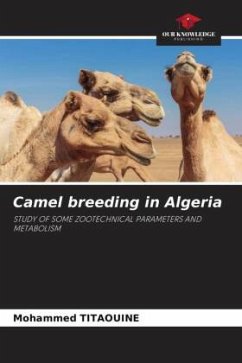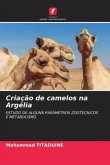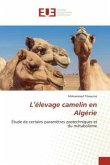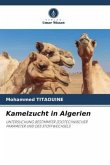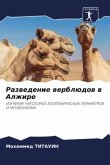The survey covered the entire region of OUED SOUF according to a pre-established zoning where four zones were selected; East Zone (Taleb El Arbi), the North-East Zone (El Oued), the North-West Zone (Guemar) and the West Zone (Djamâa).The questionnaire system makes it possible to identify the most important parameters, namely:- Type of livestock; with 91% nomadic, 7% semi-sedentary and 2% sedentary type- Types of breeder: The survey revealed 4 types of herders, namely camel drivers (14), shepherds (2), camel drivers + shepherds (21) and finally camel drivers + shepherds + wood collectors (1). 1- Herd size: In addition to camels, there are sheep and goats with fairly large herds that are often associated. The size of the flock differs from one species to another, so in sheep the average is 43 heads / breeder, in camels it is 33 heads / breeder and in goats 14 heads / breeder. - The structure of the flock: the flocks are of the Sahraoui race (90%). The "Berberi" represents only 10%.- The composition of the herd

